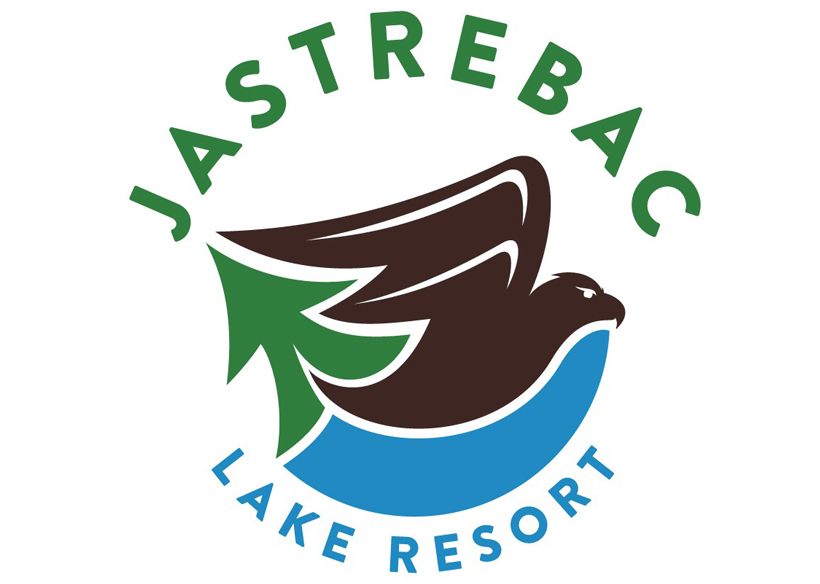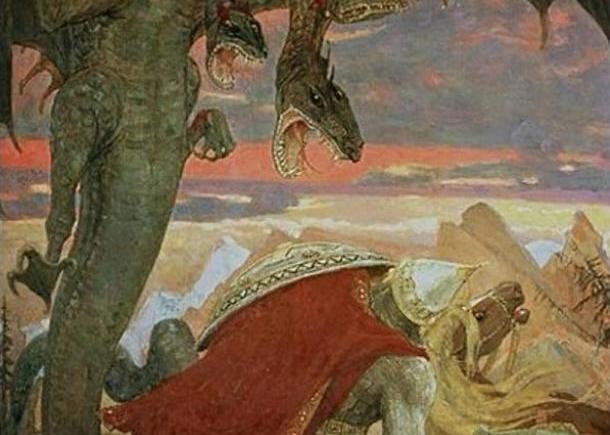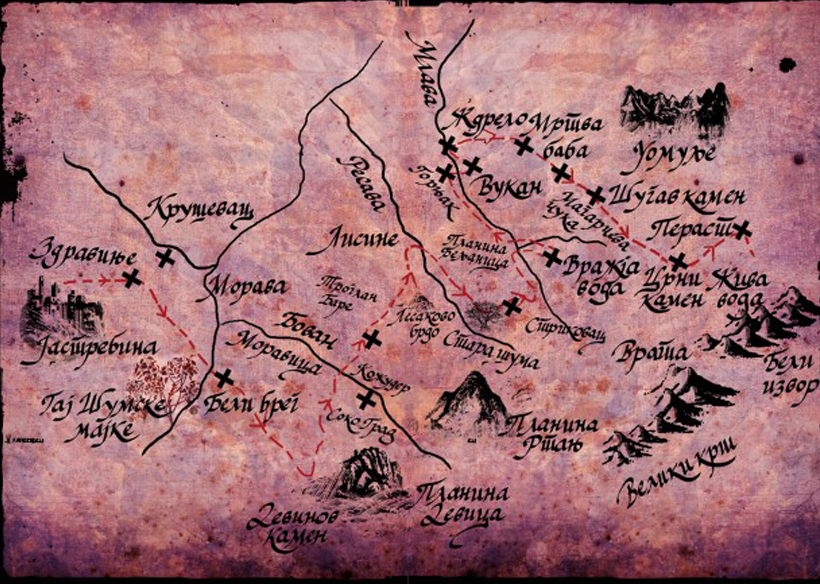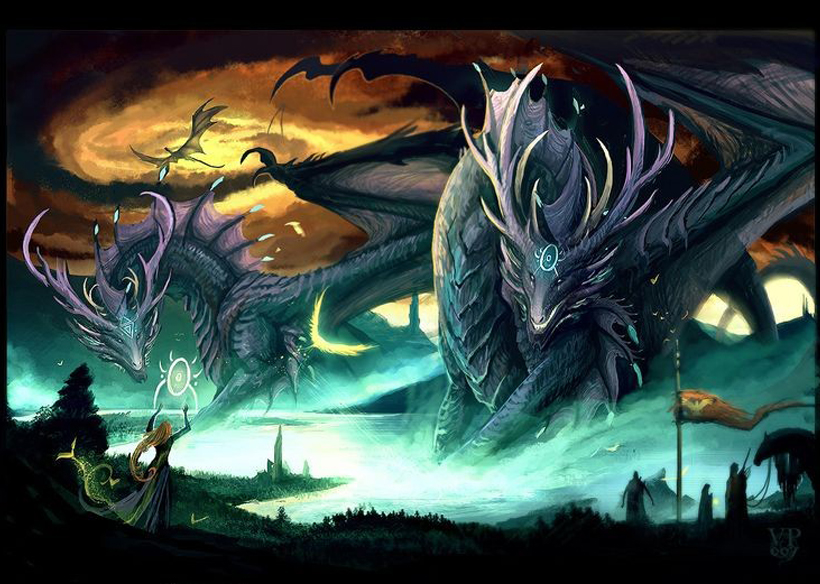Dragons in Serbian Mythology
Serbian cultural heritage abounds in myths and legends, and each corner of Serbia, depending on its particular tradition and influences, has stories of its own.
Each part of Serbia, depending on tradition and ambient, has its myths, legends, stories, spells, toasts, folk songs, customs, and historic events that can’t be found in chronicles, almanacs or codes.
In Serbia and the other South Slavic countries there is a division between two types of dragon-like creatures. A dragon is called zmaj (змaј). These creatures have been described as having “a ram’s head and a seductive snake’s body”.
It is considered as extremely intelligent, wise and knowledgeable creature of superhuman strength and proficiency in magic, very rich (usually described as having castles of enormous riches hidden in distant lands) and often lustful for women, upon whom it is capable of begetting offspring. It often breathes fire and is generally accepted as a highly respected being, and, while not wholly benevolent, never entirely evil either. Legends were spread about many historical and mythical heroes that they were conceived by a dragon. In addition to great strength and wisdom, the zmaj are also reputed to be able to take on different forms, including that of human beings. In this form, they were able to pursue one of their favourite hobbies – the pursuit of women. Some zmaj are thought to be so engrossed in this activity to the extent that they neglect the protection of farmlands from bad weather. If crops were destroyed by bad weather, villagers would gather to expel the zmaj from the houses of local women. The lust of the zmaj for mortal women is also a major theme in a Serbian folk tale known as The Tsarina Militza and the Zmaj of Yastrebatz.
In this tale, the Tsarina Militza is said to have been visited by a zmaj from Yastrebatz every night for a year. When her husband, the 14 th century Serbian ruler, Tsar Lazar, hears this, he tells the tsarina to ask the zmaj if he feared anyone besides God, and whether there is a hero on this earth superior to himself. The zmaj is tricked into revealing that there is indeed one that he feared, the Zmaj-Despot Vook, who lived in a village called Koopinova in the plain of Sirmia. The next day, the Tsar sent for the Zmaj-Despot Vook, who arrives, and subsequently slays the zmaj of Yastrebatz.
The Serbian Despot Vuk Grgurević was also known as ‘Zmaj-Ognjeni Vuk’ (Vuk the Fiery-Dragon) because of the viciousness of his reign and victorious battles he waged against the Turks. He was believed to be a descendant of dragon. Vuk was not the only Serbian ruler to employ the legend of the zmaj to bolster his image. There are other rulers who claim that their fathers were actually zmaj.
These include Tsar Lazar’s son and successor, Stefan Lazarević, as well as Stojan Čupić and Vasa Čarapić, two important figures of the First Serbian Uprising that took place in the early 19 th century.
There were plans in Serbia to capitalize on the country’s rich dragon lore, and turn it into a tourist attraction. Numerous landmarks, including castles, fortresses and churches where the zmaj are said to have visited would be incorporated into a ‘dragon trail’ for tourists. Today, such a trail, known as the “Paths of Dragons through Serbia” is in existence. The route begins in Fruška Gora in the north, passes through the country’s capital, Belgrade, and ends at the fortress of Markovo Kale in the south. In a way, this might help to preserve the legends of the zmaj for future generations, and also contribute to Serbia’s tourism industry.
Author: Sura Abdullayeva




